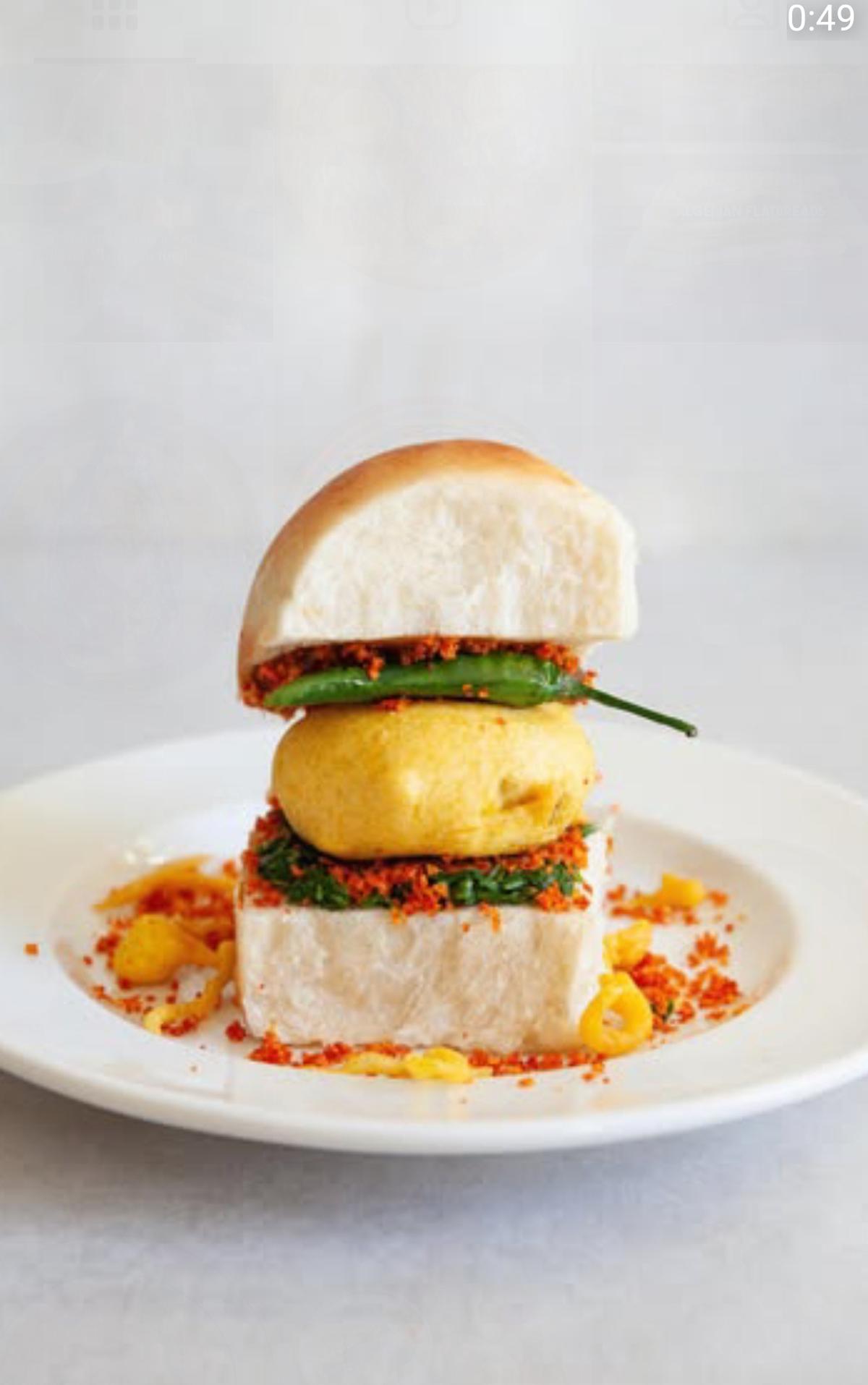In a world of reels and shorts, where edgy, dramatic recipes stand out, Julius Fiedler aka Hermann — a German who now calls the U.K. home — is an outlier. He makes a sincere attempt to pronounce the names of dishes correctly (the Tamil paniyaaram, for one) and cracks open a coconut expertly, much to the admiration of an audience far removed from where he lives.
Fiedler, a filmmaker-turned-food creator, who has 2.4 million followers on Instagram and 7.73 lakh subscribers on YouTube, has been popularising plant-based food for some years now. He speaks of the homes he has visited, makes idli/dosa batter from scratch (“the texture should be similar to coarse cornmeal, and when you pour it out, it should flow in thick ribbons”), and whips up a creamy hummus. When he cooks, everything seems simpler, like the calming art it ought to be.
Julius Fiedler’s first taste of idlis
In May, he’s scheduled to release Naturally Vegan: Delicious recipes from around the world that just happen to be plant-based, a cookbook detailing his food journeys. On a phone call from London, he speaks about his inspirations, and more importantly, his learnings. Edited excerpts:
What’s the genesis of your social media handle, Hermann?
It refers to a sourdough culture that’s used to make a [Freundschaftskuchen] friendship cake. In Germany, we have many sourdough starters named Hermann. They have to be kept alive, and [the natural surplus] of the vibrant mix of bacteria is passed along to a friend to start their own culture, bake and pass it on. You’re not only passing on food, you’re helping them make a whole from a part. You’re helping keep a tradition alive. This is what I aim to do with my videos too. Hence, Hermann.
My Hermann is about five years old now, resting in my refrigerator, and I still feed it.
Why is the origin story of every ingredient important to you?
This too began with sourdough. It has just three ingredients: flour, salt and water. If you don’t focus on good quality wheat, your sourdough will reflect that. I apply that philosophy to everything I cook. Knowing where an ingredient comes from helps forge a connect with that world.
You aim for authenticity with your videos.
I learn when I travel, cook dishes as authentically as I can in my London studio, and then post them. I see the comments and learn from the feedback from people to whom the recipe originally belongs. I would go out seeking authentic street food from communities far removed from modern quick-fast style cooking. I’d notice what ingredients went in, and the basic but solid methods they followed that resulted in incredible flavours. That, I think, connected with people.
How do you view food?
Food is cultural heritage. When I try to cook a dish authentically, I choose the best way to connect with a culture. There’s always a reason for a lengthy step, or an ingredient that I might not understand. But, it all eventually makes sense. For example, the health advantages you get from a fermented idli where lentils and carbs are broken down to an easily digestible form, you will not from an equally delicious rava idli that’s made near instantly.
Cooking a dish from another culture is like attending a masterclass of sorts. Some recipes date back centuries. When you start with the authentic way, you learn about why a particular aspect of a culture has survived.
Fiedler’s top three
Idli love: it is fascinating that a dish so traditional is so complex in terms of flavours. I had my first idli last April in Mumbai, a ragi idli. But my first proper idli was in Bengaluru at 6 a.m., when I was visiting to film.
Pro-protein: Kao Fu is a Shanghainese dish made from wheat gluten, wood ear mushrooms, lilies and peanuts. It’s pure protein, almost meat-like, and very nutritious. It’s a traditional Chinese Buddhist dish and probably the original form of seitan.
Partial to pav : Mumbai’s vada pav was an eye opener for the complexity of flavours in vegan food, where chutneys lend flavour, mouth-feel and colour.

Mumbai’s vada pav
While you cook plant-based food, you rarely diss other food choices.
My plant-based food journey began about two-and-a-half years ago, due to ethical reasons. When I switched my diet, I found that plant-based foods around me were modern, torn away from culture. They were manufactured in a factory, and placed on a shelf, without any history. I then heard of chickpea tofu made in Myanmar with chickpea flour, water and turmeric. It is pastier than regular tofu, can be sliced and fried, or shaved onto dishes. And this, in a culture where the majority does not follow a plant-based diet. It opened my eyes to the fact that plant-based food does not mean soy-based food.
Cultures have figured out ways. Italy and Greece have traditional dishes that are vegan. They use local knowledge passed down the ages, like consuming legumes with grains and vegetables. This is interesting for the palate, is nourishing, but is also texturally rich and enjoyable to consume. And, with plant-based food, one dish leads to 10 others.

Dal tadka
You’ve compiled these recipes in a book now.
The idea began with wanting to appreciate a dish and culture, but has evolved into an effort to tell you why these cultures are special. I visited Italy, Turkey and India [Bengaluru, Kochi, Alappuzha, Munnar, Goa and Mumbai] over the last couple of years and documented many recipes. Each visit has been such a smorgasbord of culture — food and fine arts.
In Italy, I’d stay in a trattoria and it was like being witness to another kind of life. There’s so much culinary history to cover, I feel I am scratching the surface. This is a global project, and I want to show people India’s diversity.
The Mangalore-based independent journalist writes on films, food and sustainability.
Published – March 27, 2025 12:55 pm IST
























